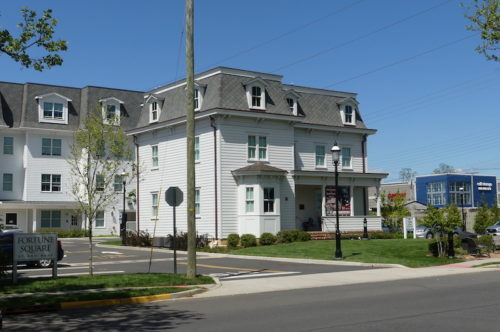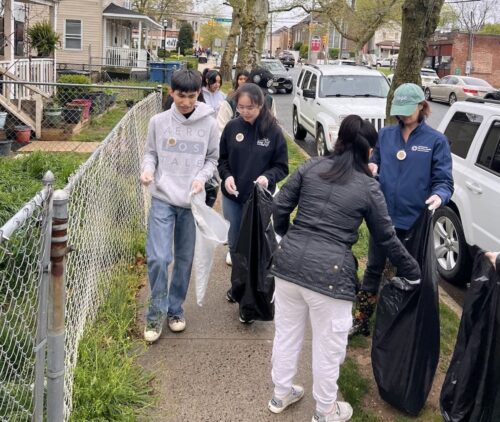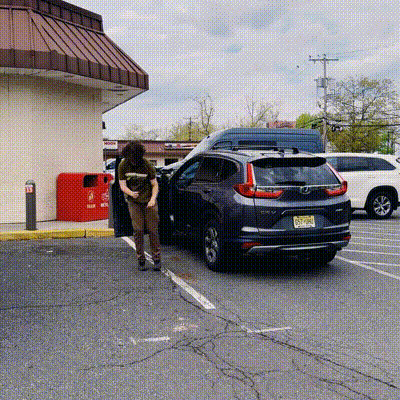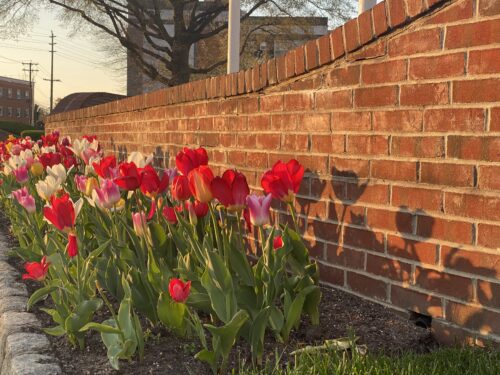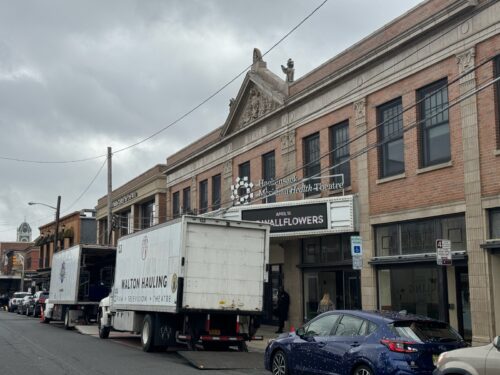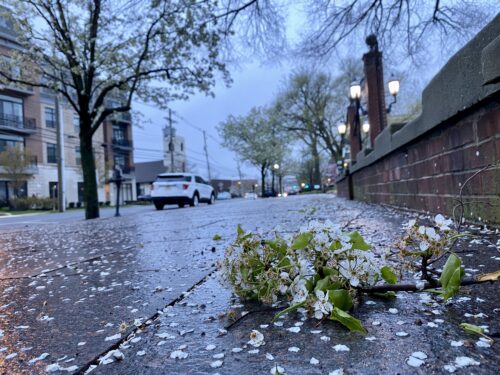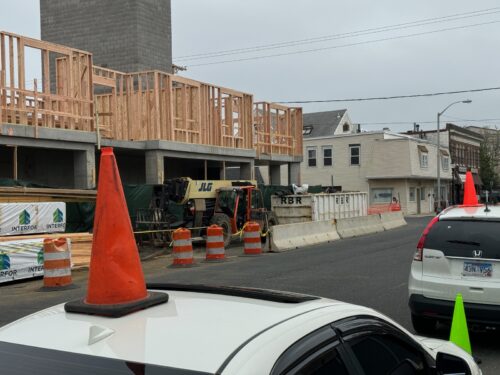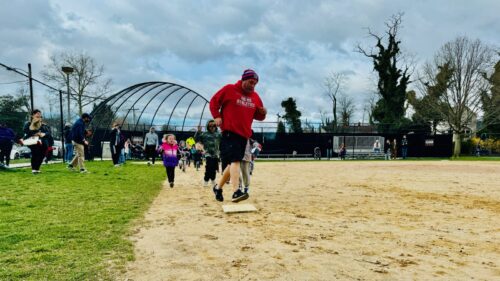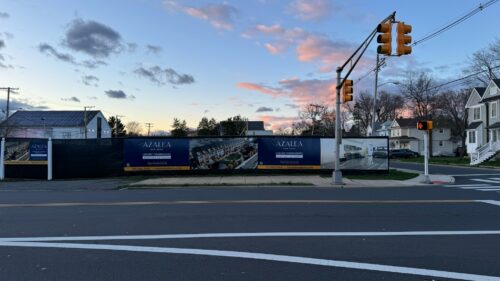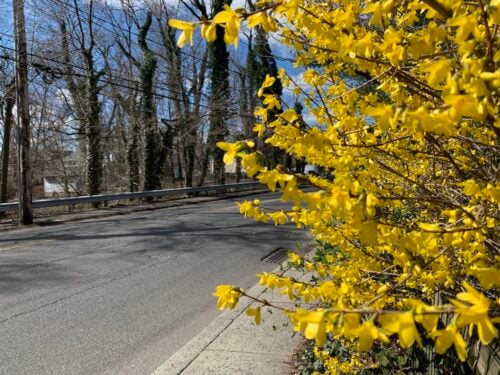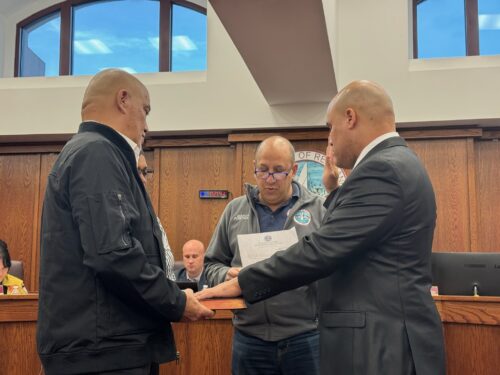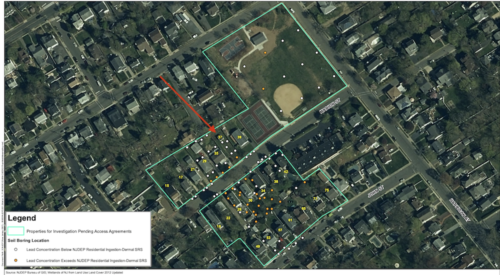
By JOHN T. WARD

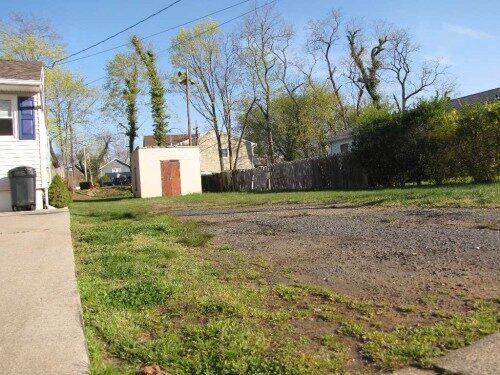
During a Zoom presentation arranged through the borough government, officials with the state Department of Environmental Protection and private contractors outlined plans for a $2.6 million testing and remediation plan in and near Marion Street.
The announcement comes more than two years after the borough abruptly shut down the garden over concerns about lead in the soil.
Subsequent soil testing in the area has identified lead waste “in some old low-lying, previously undeveloped areas,” said Fred Mumford, of the DEP’s bureau of site management.
The lead appears to have been brought in “many years ago” as fill containing slag waste from a smelting operation whose location is not yet known, but was not local, he said.
So far, efforts to delineate the extent of the contamination have prompted the agency to seek site-access agreements with 14 homeowners to allow for further soil-bore sampling, and “about half” have responded, he said.
A map shown during the presentation indicated about 20 homes on Marion and John streets, plus the borough-owned garden and nearby Eastside Park, as in need of further testing, based on known lead levels.
Patrick Keeler, a site remediation manager, said the DEP will treat “every property as a separate project,” removing and replacing up to several feet of soil as necessary, without need for approval by adjoining property owners for work to proceed, “so we can individually clear properties.”
Any sidewalks, driveways, decks or other assets that have to be torn up will be replaced, he said.
“Once we’re on your property, we want to get out as fast as possible,” Keeler said.
Mumford said he expects the work will begin in December, and that the agency and its contractors expect to be onsite “for the next year or two.”
The agency is prepared to provide additional funding should the extent of the plume be larger than anticipated, Mumford said.
The garden closure followed private soil tests by Paulo Rodriguez Heyman, a site remediation professional who who lives across the street from the 40-by-131-foot garden, formerly used as a borough pumping station.
He provided the borough with results of testing showing elevated lead readings in the garden’s soil.
Rodriguez Heyman “rightfully called it in,” Mumford said.
A month later, a report by CME Associates, the borough’s consulting engineer, said that one of 17 core samples taken at the community garden contained lead at a concentration above a remediation standard used by the NJDEP. That reading came from a depth of more than two feet below the ground surface.
Marion Street resident Priscilla Sowa said it was “alarming” to have learned her home of 18 years is in “ground zero” of a contamination plume.
If you value the news coverage provided by redbankgreen, please become a financial supporter for as little as $1 per month. Click here to set your own level of monthly or annual contribution.


